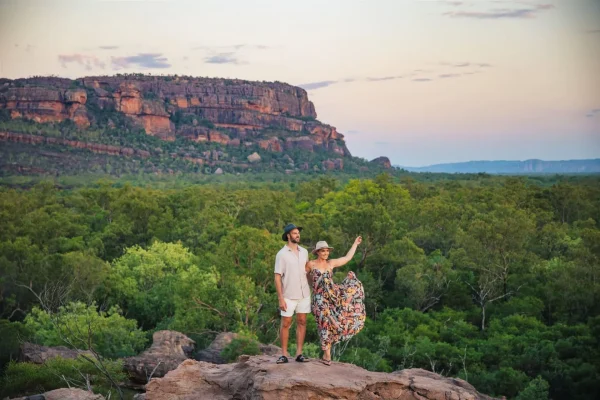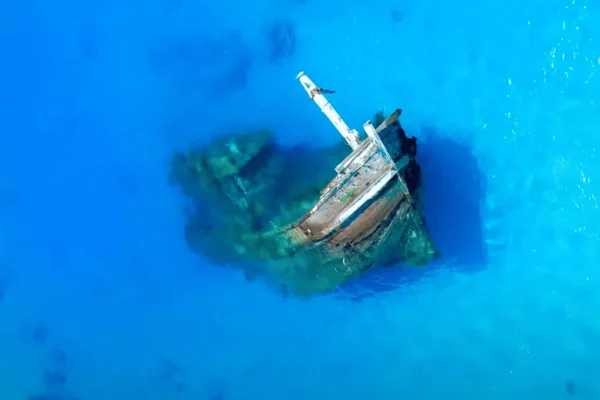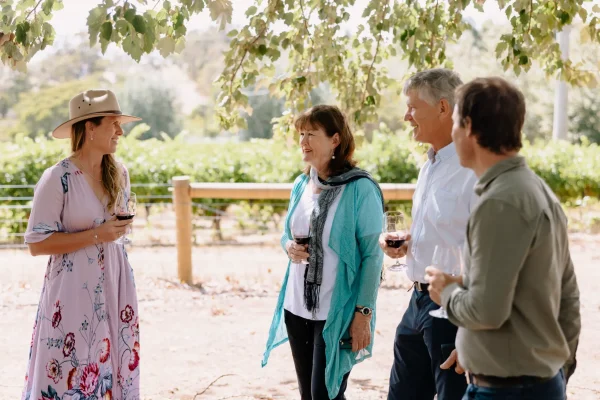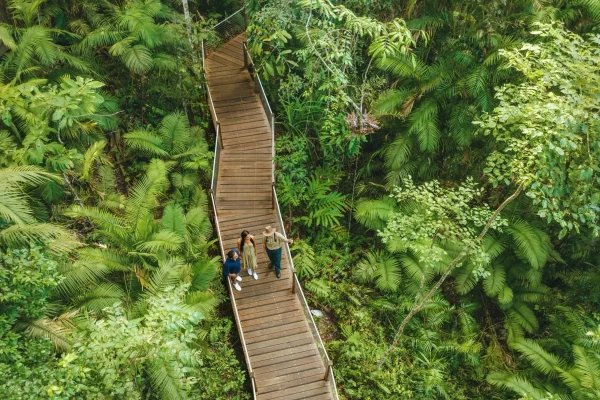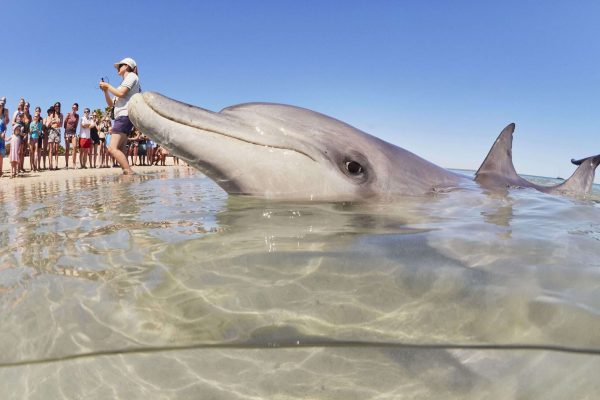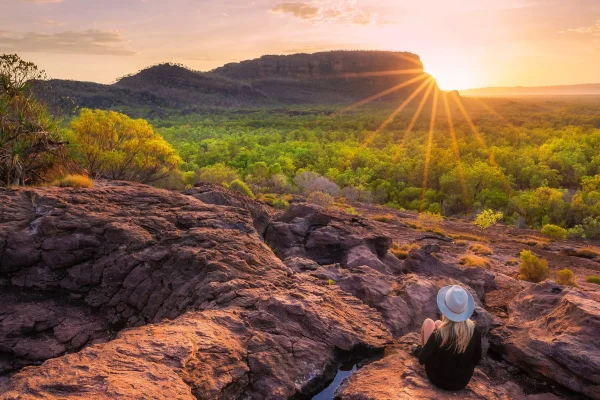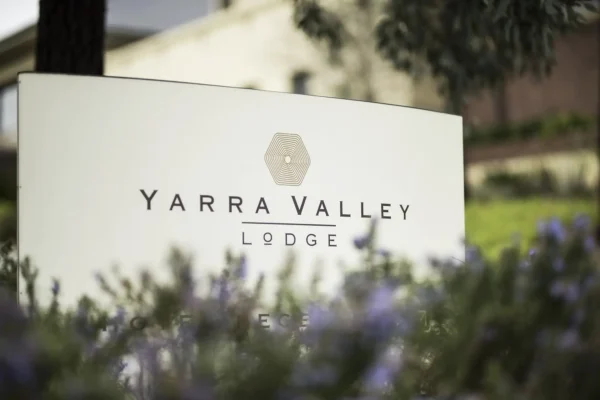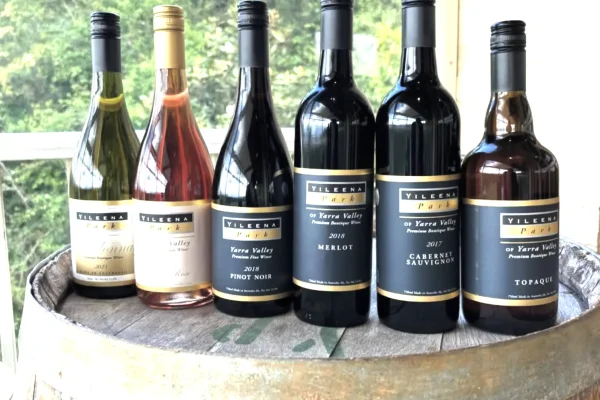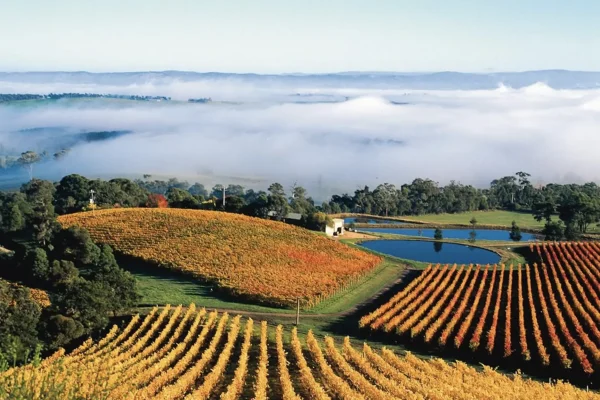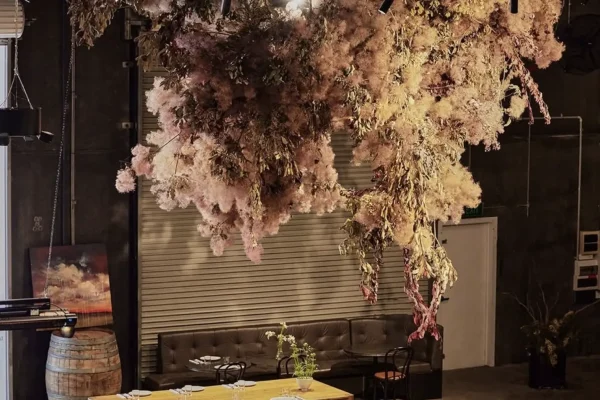Off the southern coast of Phillip Island, Seal Rocks is a must-see for nature lovers and marine wildlife enthusiasts. This special place is home to Australia’s largest colony of fur seals and attracts thousands of visitors each year who want to see these amazing creatures in their natural habitat. Beyond the wildlife, Seal Rocks has stunning coastal views, so it’s a must-do for anyone visiting Phillip Island.
A Marine Paradise
Seal Rocks is part of Phillip Island Nature Parks, an area dedicated to protecting the island’s unique biodiversity. This rocky outcrop surrounded by Bass Coast waters is home to the largest colony of Australian fur seals. The waters around the rocks are alive with life and provide a habitat for many marine species, including migratory seabirds like sooty terns and masked boobies. The views from the Nobbies Centre show off the rugged coastline and give you a glimpse into the island’s unspoilt beauty and native wildlife conservation.
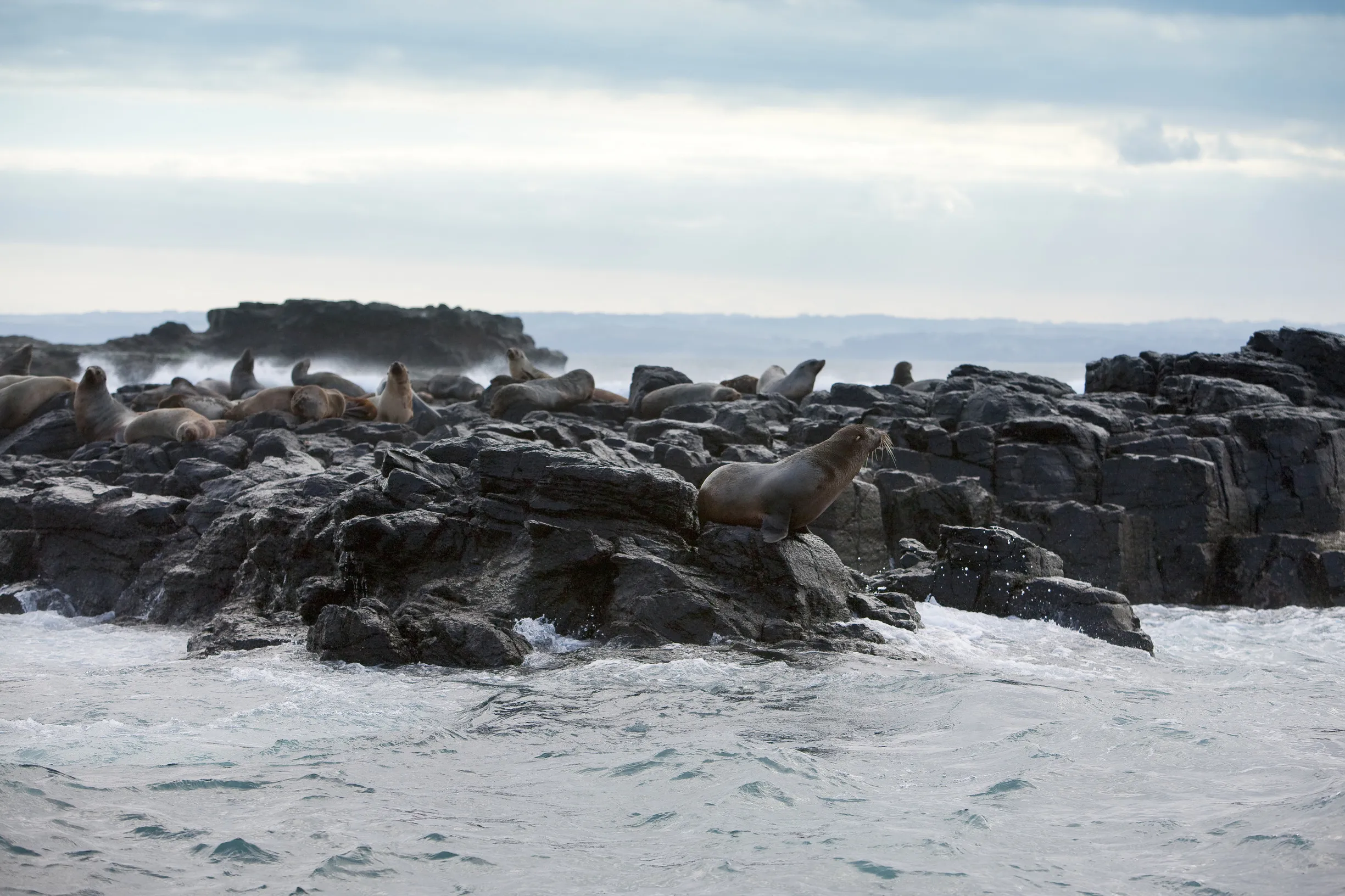
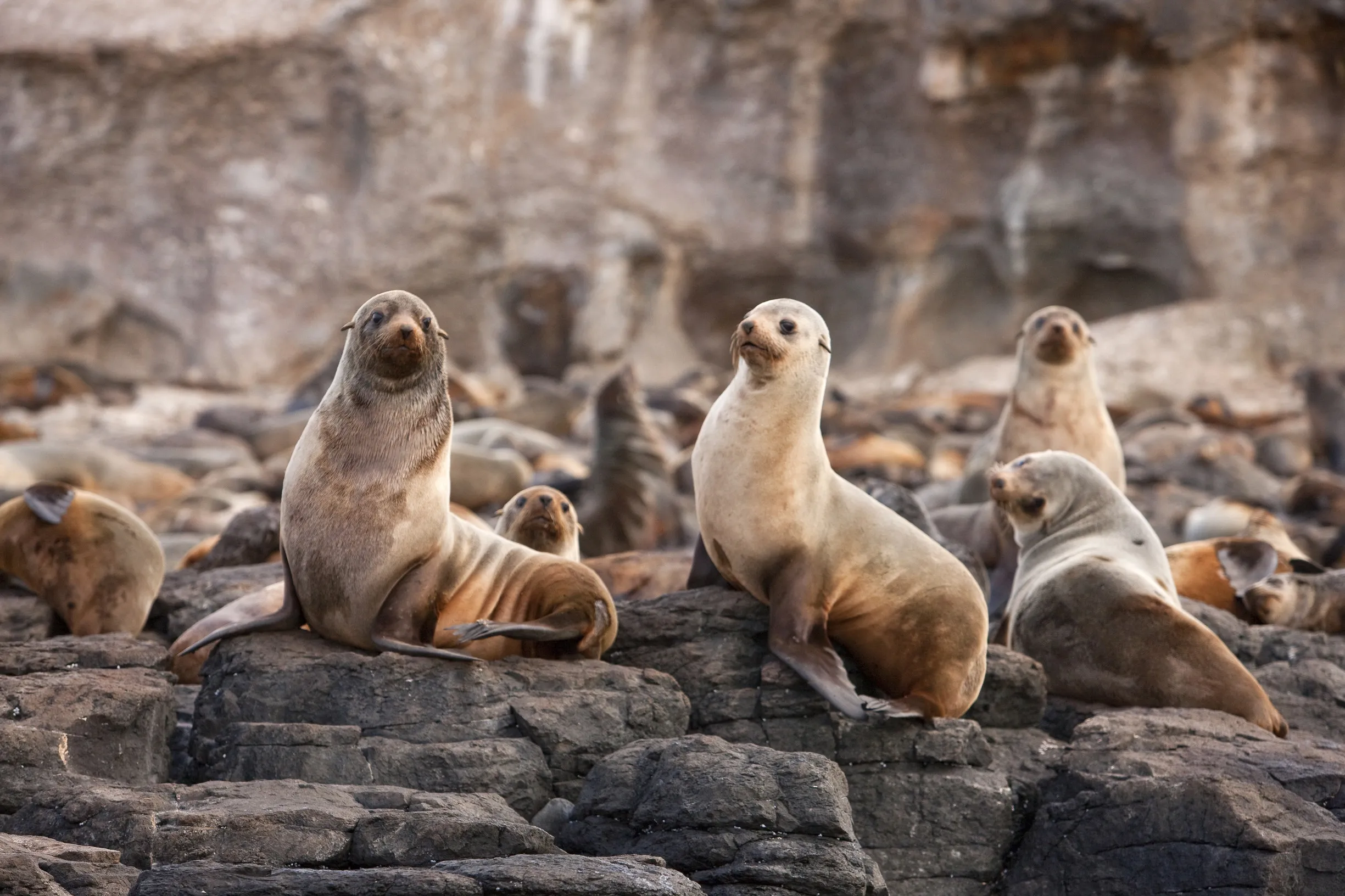
Fur Seals Facts
The fur seals of Seal Rocks are amazing to watch and have some cool biological features. They can dive to incredible depths, often over 200m, to hunt fish and squid.
Seal pups are playful and love to fight or chase each other in the shallow waters near the rocks. Adult males, or bulls, are much larger than females and can weigh up to 360kg.
Although they look big and clumsy, seals are great swimmers and can reach speeds of up to 25km/h. Their double layer of fur keeps them warm in Bass Coast waters, and they often bask on the rocky outcrops. Visitors love to watch their antics, so Seal Rocks is a must-do for anyone interested in Australian wildlife.
Seal Rocks Cruises with Wildlife Coast Cruises
For the full experience, jump on a 1-hour 45-minute cruise with Wildlife Coast Cruises. These Phillip Island tours get up close and personal with the fur seals at Seal Rocks, plus expert commentary on the marine environment. You’ll also see the coastline, Lighthouse Beach and Shelly Beach – two of Phillip Island’s most beautiful and secluded beaches. Don’t miss the opportunity to take photos of the seals and other wildlife, including migratory birds. This is not just a trip but a first look at Phillip Island’s natural wonders.
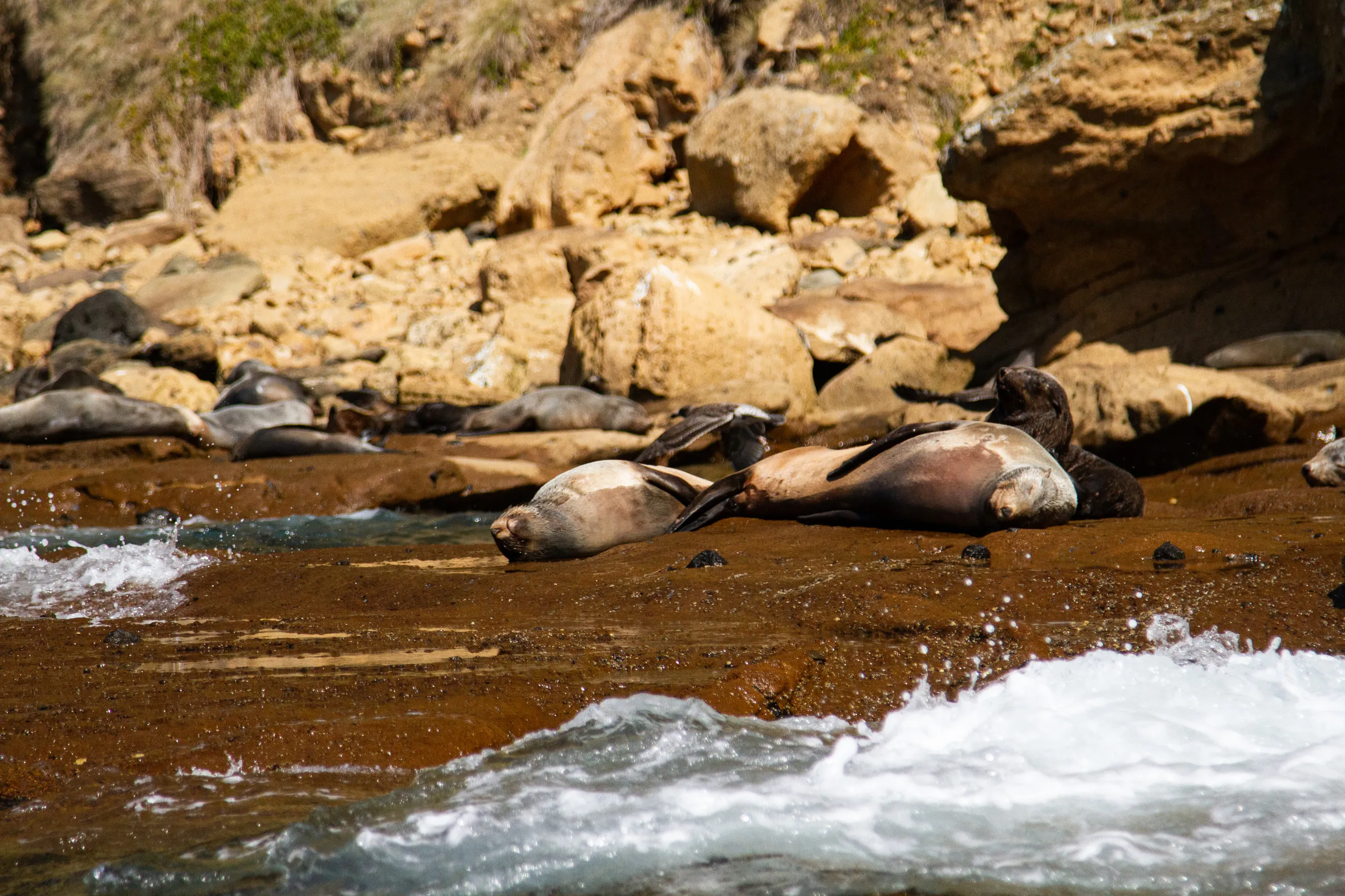
When to Visit
Where to See the Seals on Phillip Island
If you prefer land-based seal spotting, the Nobbies Centre is the place to go. The boardwalks offer great views of Seal Rocks and the fur seals. The centre also has interactive displays about the natural spaces of the region, including the littoral rainforests and open spaces. If you’re in San Remo, Phillip Island’s gateway, pop into the Visitor Information Centres for maps and tips to help your adventure. For a more full-on experience, stay at Seal Rocks Holiday Park or Phillip Island Park Lane Holiday Park.
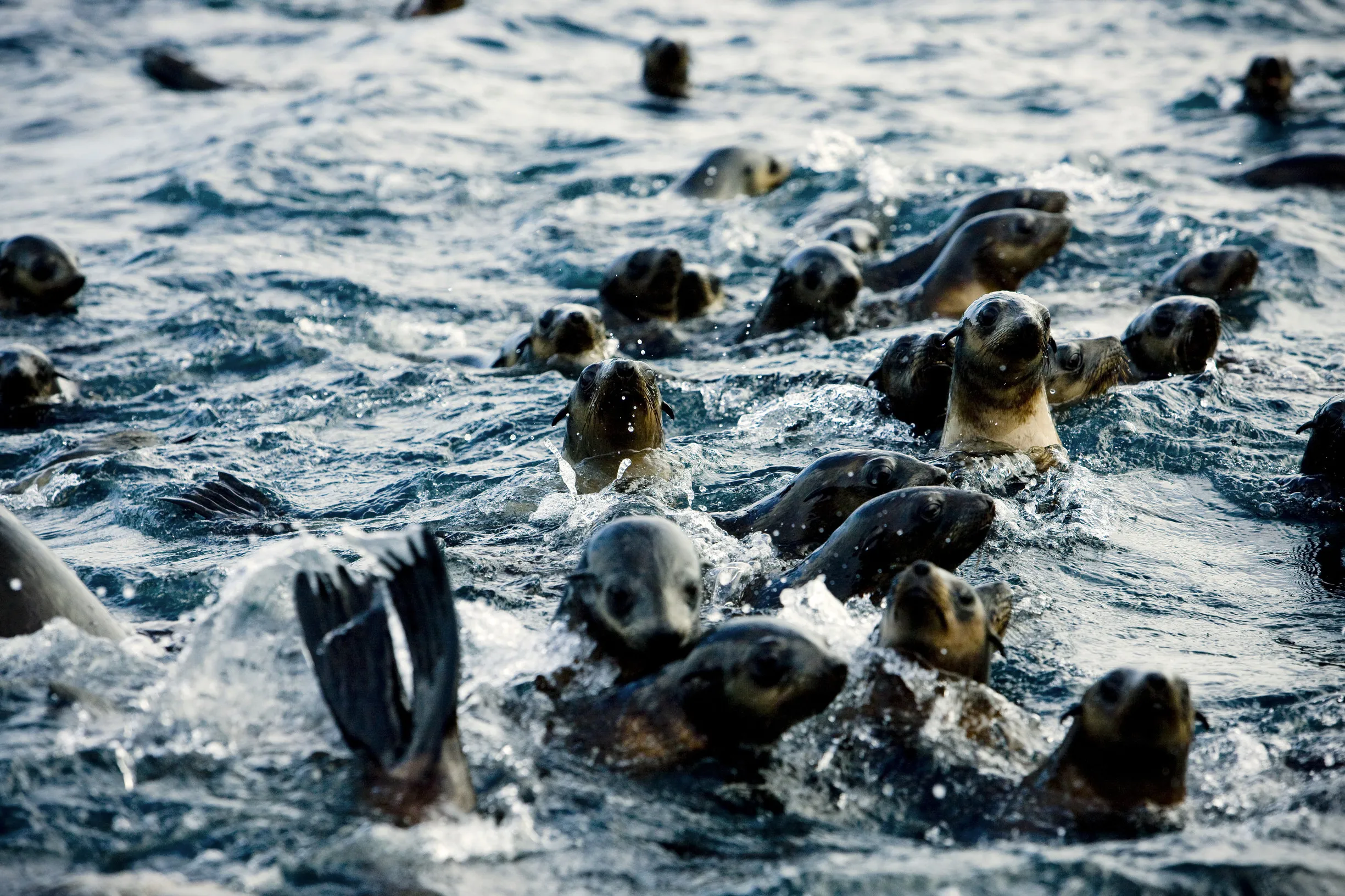
Beyond Seal Rocks: Exploring Phillip Island
FAQ
What’s so special about Seal Rocks?
Seal Rocks is home to Australia’s biggest colony of fur seals, where you can see these amazing animals in their natural environment. The surrounding marine ecosystem is also very diverse.
How do I get to Seal Rocks?
Seal Rocks is best accessed by a Wildlife Coast Cruise from San Remo or Cowes. Land-based views are available from the Nobbies Centre.
What else is near Seal Rocks?
Nearby attractions include the Penguin Parade, Churchill Island, Cape Woolamai, and various beaches, such as Shelly Beach and Lighthouse Beach.
When should I visit Seal Rocks?
Breeding season is October to December, when the seal colony is at its busiest. Spring and summer are the best time for cruises and outdoor activities.
Where to stay?
Seal Rocks offers a range of accommodation options to suit different preferences and budgets. Some top choices are Seal Rocks Holiday Park, Self-Contained Beach Houses, Lodges and Boutique Stays.

